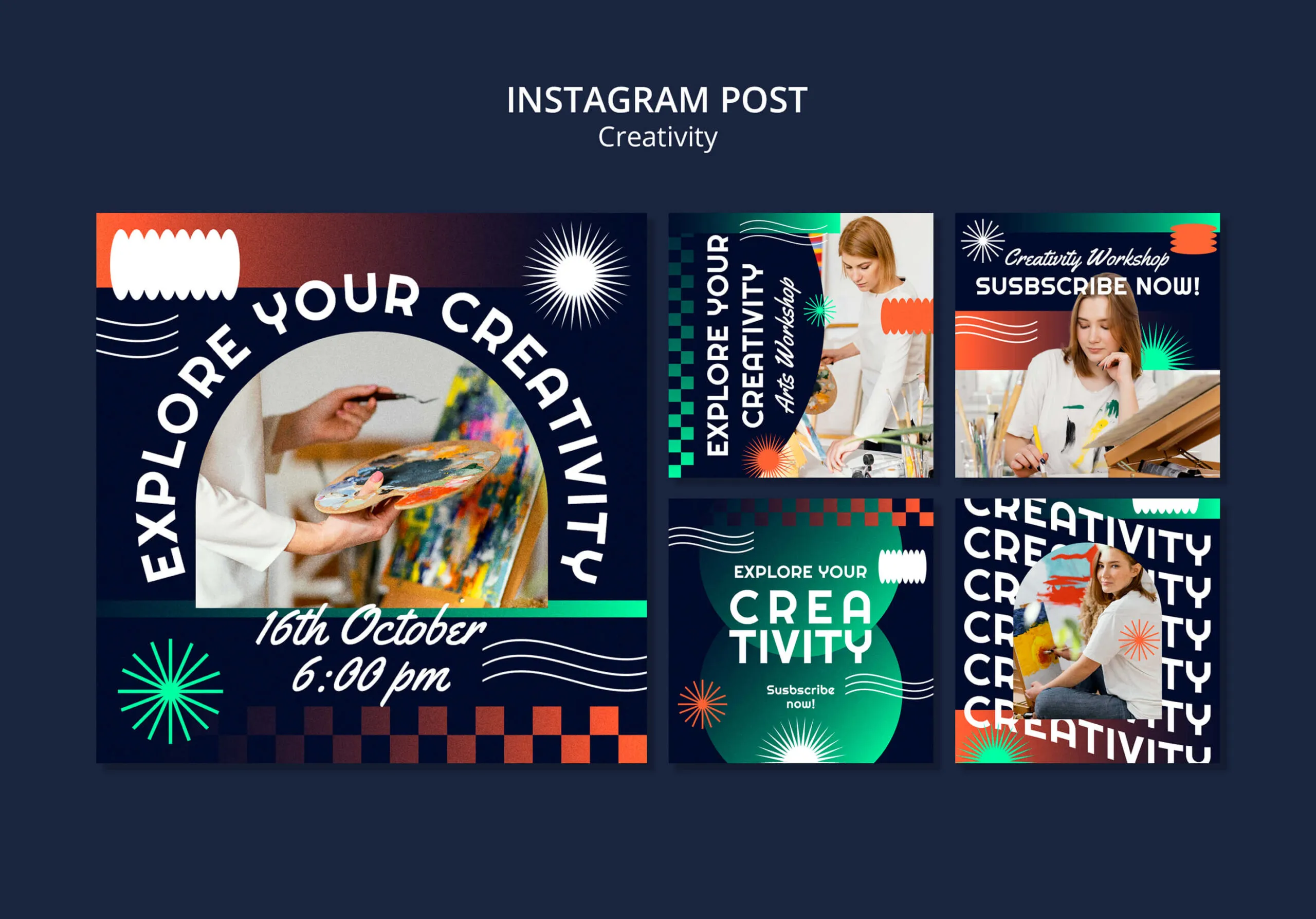If you’ve dipped your toes into digital design, you’ve probably asked yourself: CAD vs 3D modeling? The truth is, each has its own rules, strengths, and limits. Whether you’re aiming to build a real product or craft something purely visual, knowing which to choose is key.
Key Takeaways:
- CAD is primarily used for creating precise technical drawings and functional prototypes, while 3D modeling is more focused on visual design and artistic expression.
- CAD software is vital in industries that require strict measurements and standards, such as engineering, architecture, and manufacturing.
- 3D modeling plays a bigger role in creative fields like gaming, animation, product visualization, and virtual environments.
CAD vs 3D Modeling Comparison
While both tools revolve around digital design, their goals and methods couldn’t be more different. One is built on precision and technical standards, while the other thrives on creativity and visual storytelling. Understanding these differences makes it much easier to see where each tool truly belongs.
Here is the complete guide and consideration for you to make a more informed decision in choosing either one. Let’s start with CAD and then move to 3D modeling. Check them out!
Also Read: 3D Modeling vs Sculpting: Which Technique Fits You?
What is CAD?
Computer-Aided Design, or CAD. This is a type of software particularly used to create highly accurate flat drawings and 3D models of real-world objects. Its primary focus is technical precision, making it essential in fields like engineering, manufacturing, architecture, and construction.
With CAD, designers and engineers can visualize, test, and refine their ideas before moving into actual production. This not only saves time but also helps minimize costly mistakes. Whether it’s a mechanical component, a building blueprint, or a detailed system design, CAD ensures that every measurement and specification is spot on.
Advantages of CAD:
- Delivers high precision and reliability for technical work
- Possible to simulate and test product behaviour
- Supports easy edits and collaboration among teams
- Produces both 2D and 3D documentation needed for production
Limitations of CAD
- Can be complex, requiring training and practice
- Often demands powerful (and pricey) software and hardware
- Building intricate 3D models can take significant time
- Geared more toward technical function than artistic creativity
Common Uses of CAD
CAD is applied across a wide range of industries thanks to its versatility. It’s commonly used to create technical drawings and blueprints, design machinery and mechanical components, and draft architectural layouts.
In manufacturing, CAD helps prepare models for processes such as CNC machining, while engineers calculate structural or motion before moving to production. The software also speeds up documentation by creating bills of materials and other key files, making it an all-around tool for turning concepts into buildable results.
Also Read: ZBrush vs Blender: Which 3D Software Should You Choose?
What is 3D Modeling?
Understanding CAD vs 3D modeling further, let’s get to know the more fluid option. 3D modeling is the 3D art of building digital objects, avatars/characters, or places. Unlike CAD, which prioritizes exact measurements, 3D modeling leans toward creativity and visual expression.
It’s widely used in industries like gaming, film, animation, and virtual or augmented reality, where aesthetics, texture, and style matter more than technical precision. Models are constructed using meshes made of vertices, edges, and faces, which can then be shaped and sculpted much like working with digital clay.
Advantages of 3D Modeling
- Provides creative freedom without strict measurement constraints
- Many tools are more affordable and easier to access than CAD software
- Well-suited for artistic, entertainment, and multimedia industries
- Capable of delivering realistic or imaginary visuals with rich detail
Limitations of 3D Modeling
- Not ideal for engineering or manufacturing due to lower technical accuracy
- Often lacks the precision required for physical product creation
- May require additional software or steps for processes like CNC machining
- Relies heavily on artistic ability and knowledge of form and texture
Common Uses of 3D Modeling
3D modeling shines in creative and entertainment fields. Artists use it to design characters, props, and immersive worlds for games and movies, as well as to produce concept art and product visualizations.
It also plays a big role in animation, special effects, and virtual reality experiences. In architecture, 3D modeling is often used for more artistic or conceptual visualizations rather than detailed technical plans.
Also Read: Maya vs Blender: Features, Pricing, and Industry Insights
Which is Right for Me CAD or 3D Modeling?
To make a better decision, consider your goal and environment. If you’re working in engineering, product design, construction, or anything that demands precise measurements and technical documentation, CAD is the winner. It’s built for accuracy, making it essential if your design should be physically manufactured.
On the other hand, if your focus is creativity (such as designing characters, environments, or visuals for games, films, or concept art), 3D modeling is the better fit. It offers more artistic freedom and easier tools for creating visually engaging results.
In short: choose CAD if you need technical precision and real-world usability, but go with 3D modeling if you care more about artistic expression and visual storytelling.
Also Read: 3D Rendering vs 3D Modeling: A Complete Beginner’s Guide
Making the Call: CAD vs 3D Modeling
At the end of the day, your projects dictate the tool. After understanding the differences between CAD and 3D modeling, you start realizing your design in a more proper environment. Down to the lingo and workflow, choosing the best software type can even smooth out your collaborative expectations within the community.
So, if you need the best, proper 3D assets, just visit Tridimensi! Only at Tridimensi can you enjoy experimental to natural 3D elements. Not only assets, Tridimensi also encompasses background and animation with the highest quality in mind.






